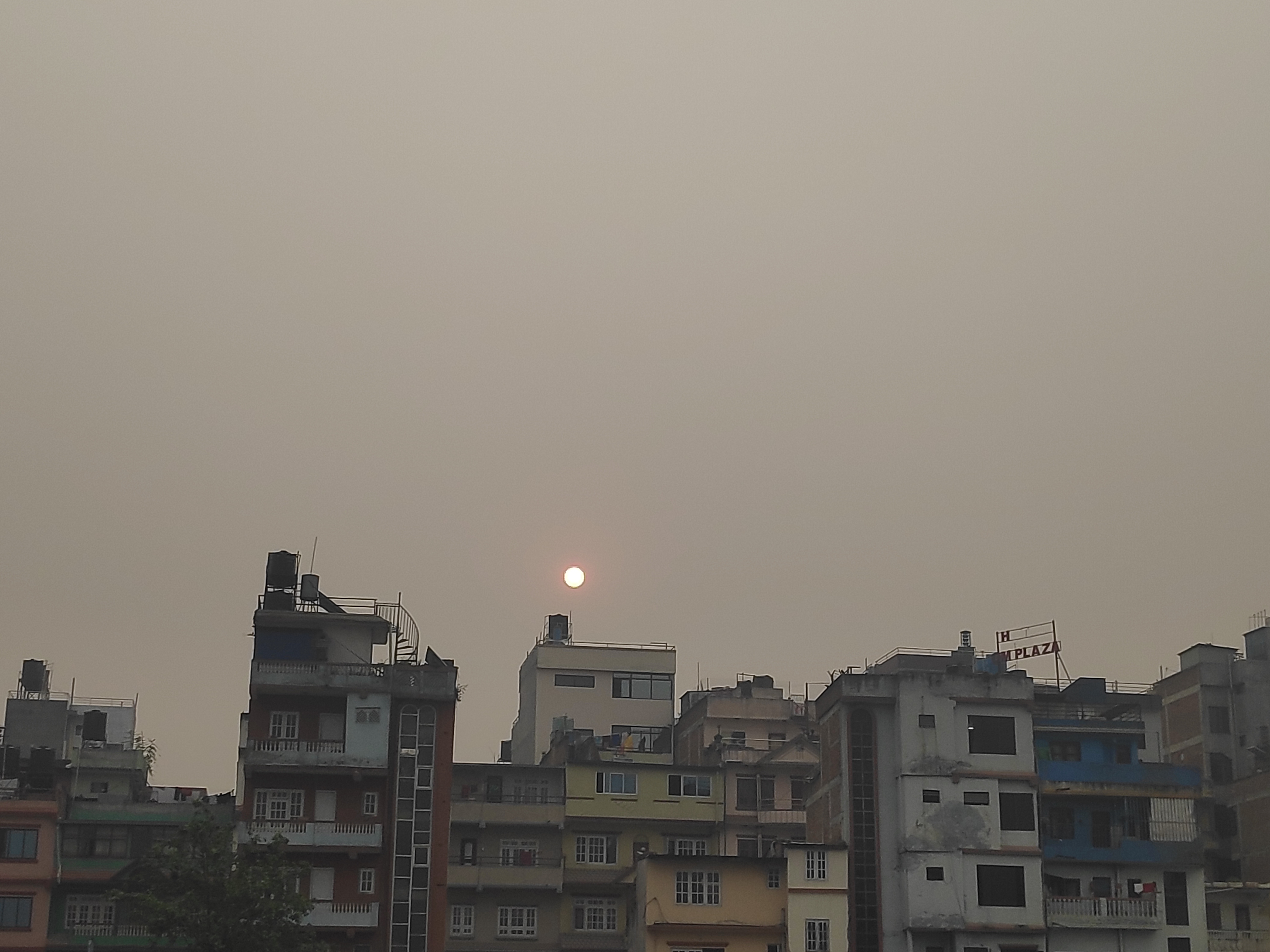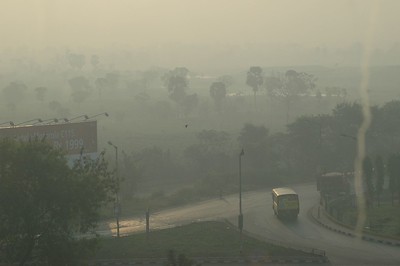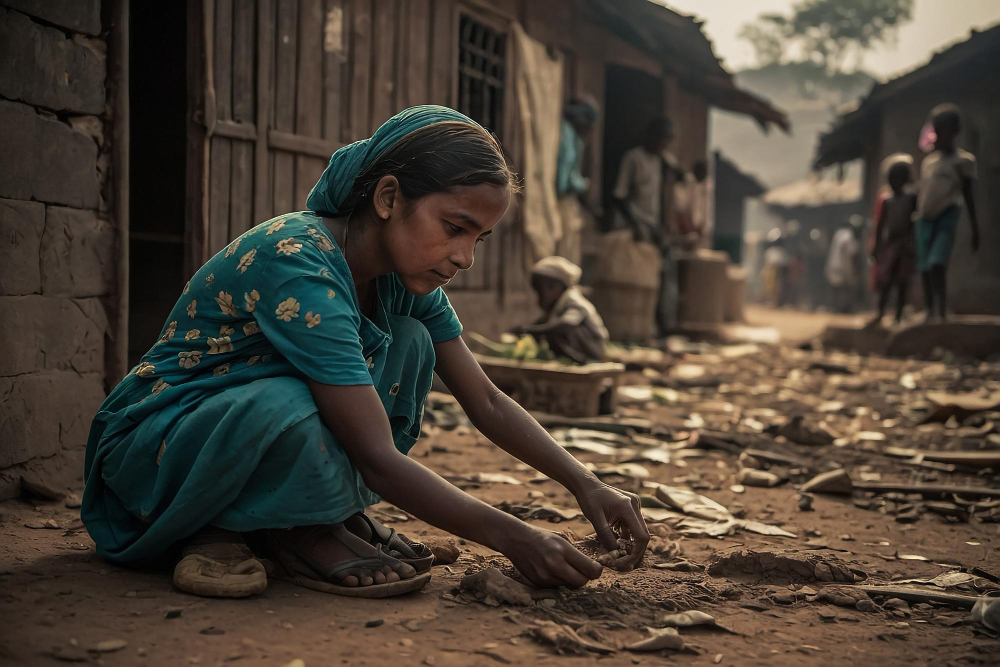According to data from the Air Quality Index (AQI), Kathmandu ranked as the most polluted city last week, with air pollution levels reaching an AQI of 348.

April 22, 2025
Kathmandu

Air pollution
According to data from the Air Quality Index (AQI), Kathmandu ranked as the most polluted city last week, with air pollution levels reaching an AQI of 348.
Under World Health Organization (WHO) guidelines, air quality is considered healthy up to an AQI of 50. Levels between 101 and 150 are labeled 'unhealthy', 201 to 300 as 'very unhealthy', and anything above 300 is classified as hazardous.
Environmental experts have emphasized the need to declare a health emergency and launch widespread public awareness campaigns, as the AQI in the Kathmandu Valley has surpassed 300. They have warned that the current air quality poses a severe risk to public health.
Environmental activists have pleaded with the government to take necessary measures with air pollution of the Kathmandu Valley reaching an alarming level.
Experts have pointed to several key factors behind the worsening air pollution in Nepal’s capital, including delayed rainfall, increasing forest fires, dusty roads, ongoing construction activities, and the burning of agricultural residues. According to government data, by March 2025, a total of 253 wildfire incidents had been recorded across 45 districts in the current fiscal year.
They explain that widespread wildfires, intensified by an unusually dry winter and stagnant atmospheric conditions, have led to the buildup of thick, throat-irritating smog blanketing the Kathmandu Valley.
Experts have urged immediate action to combat worsening air pollution, including stricter traffic regulations, banning old vehicles, and preventing crop residue burning. In response to the hazardous AQI levels, the Ministry of Health and Population has advised vulnerable groups to take precautions, warning of heightened risks of respiratory and other health issues.

By sharing valuable information and sparking inspiration, we aim to foster growth, innovation and brighter opportunities for future generations.
Contact us